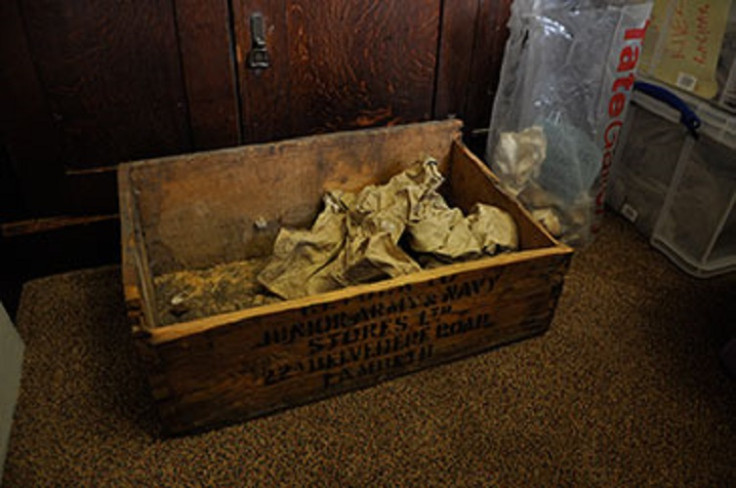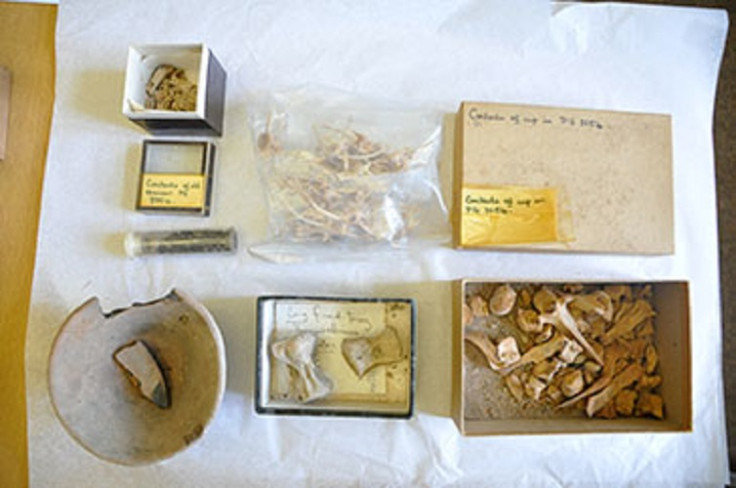Food From 4,500-Year-Old Royal Tomb Discovered in Forgotten Box in Bristol University

In a scene reminiscent of Indiana Jones: Raiders of the Lost Ark, a treasure chest full of ancient foodstuffs has been discovered by chance after being tucked away in a laboratory at Bristol University for decades.
The box contained food offerings from inside a 4,500-year-old royal tomb excavated by Sir Leonard Woolley in southern Iraq in the 1920s and 1930s.
It was discovered by staff at the university's Department of Archaeology and Anthropology who were clearing out laboratory space to make room for a new radiocarbon dating facility.
Inside the box were index cards that provided information about what was stored inside. Words including Royal Tombs, Predynastic and Sargonid showed that the box contents came from the ancient site of Ur.

The box included pottery, seeds and animal bones, all of which are believed to have been food offerings for the royal subjects that lay entombed.
During the excavations almost 100 years ago, finds were divided between London, Philadelphia and Baghdad, leading researchers to wonder how they ended up in Bristol.
Tamar Hodos, from Bristol University, said: "The remaining mystery is how this material came to be at Bristol in the first place. The environmental remains themselves were published in 1978 in Journal of Archaeological Science.
"The authors of that study were based at the Institute of Archaeology, London, and at the University of Southampton, and none of them had any known connection to the University of Bristol that might explain how the material came to reside here. If anyone can shed light on this mystery, we would love to hear from them."
The box and its contents have now been moved to the British Museum, where it will join the rest of the collection from Ur.
© Copyright IBTimes 2025. All rights reserved.






















